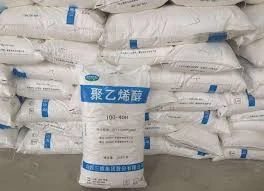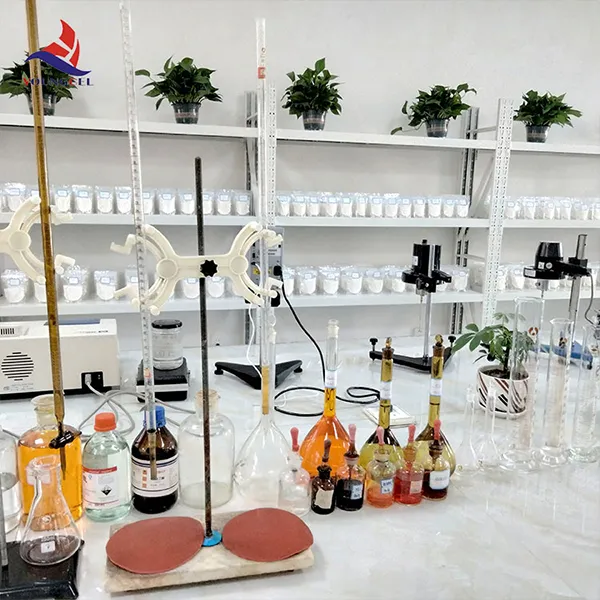កុម្ភៈ . 16, 2025 13:35
Back to list
cellulose raw materials
Cellulose raw materials have become pivotal in various industrial applications due to their sustainability, biodegradability, and versatility. They are derived primarily from plants and represent one of the most abundantly available organic resources. As industries transition towards more eco-friendly solutions, understanding the nuances and potential of cellulose raw materials becomes increasingly critical.
The pharmaceutical and cosmetic industries have also recognized cellulose's potential. Microcrystalline cellulose (MCC) is widely used as an excipient in drug formulations. Its excellent compressibility and stability make it an ideal binder and filler in tablet production. Similarly, in the realm of cosmetics, cellulose derivatives like hydroxyethylcellulose act as thickeners and stabilizers in lotions and creams, offering a plant-based alternative to synthetic chemicals. One of the challenges in using cellulose raw materials is the cost and complexity of processing. Traditional methods of extracting cellulose involve chemical treatments that might not be entirely eco-friendly. However, innovations such as enzymatic treatments and nanocellulose production hold promise. Nanocellulose offers unique properties, including high tensile strength and a large surface area, making it suitable for advanced applications like reinforcing agents in composites and as agents in biomedical applications. Prominent researchers and industry experts have emphasized the importance of sustainable sourcing and innovation concerning cellulose raw materials. Ensuring that cellulose is harvested from sustainably managed forests or agricultural waste can significantly reduce the environmental footprint of its processing. Collaborative efforts between governments, industry players, and academia are essential to develop methods that enhance the efficiency and eco-friendliness of cellulose-based products. In conclusion, cellulose raw materials hold transformative potential across various industries by providing sustainable and versatile solutions. Their natural abundance and biodegradable nature align with global sustainability goals. The onus lies on stakeholders to continue driving innovation, ensuring that the full potential of cellulose is realized while maintaining ecological balance. As advances in technology and processing techniques continue, cellulose-based materials are poised to play an integral role in shaping the future of sustainable industrial practices.


The pharmaceutical and cosmetic industries have also recognized cellulose's potential. Microcrystalline cellulose (MCC) is widely used as an excipient in drug formulations. Its excellent compressibility and stability make it an ideal binder and filler in tablet production. Similarly, in the realm of cosmetics, cellulose derivatives like hydroxyethylcellulose act as thickeners and stabilizers in lotions and creams, offering a plant-based alternative to synthetic chemicals. One of the challenges in using cellulose raw materials is the cost and complexity of processing. Traditional methods of extracting cellulose involve chemical treatments that might not be entirely eco-friendly. However, innovations such as enzymatic treatments and nanocellulose production hold promise. Nanocellulose offers unique properties, including high tensile strength and a large surface area, making it suitable for advanced applications like reinforcing agents in composites and as agents in biomedical applications. Prominent researchers and industry experts have emphasized the importance of sustainable sourcing and innovation concerning cellulose raw materials. Ensuring that cellulose is harvested from sustainably managed forests or agricultural waste can significantly reduce the environmental footprint of its processing. Collaborative efforts between governments, industry players, and academia are essential to develop methods that enhance the efficiency and eco-friendliness of cellulose-based products. In conclusion, cellulose raw materials hold transformative potential across various industries by providing sustainable and versatile solutions. Their natural abundance and biodegradable nature align with global sustainability goals. The onus lies on stakeholders to continue driving innovation, ensuring that the full potential of cellulose is realized while maintaining ecological balance. As advances in technology and processing techniques continue, cellulose-based materials are poised to play an integral role in shaping the future of sustainable industrial practices.
Next:
Latest news
-
Rdp Powder: Key Considerations for Wholesalers in the Building Materials IndustryNewsJul.08,2025
-
Key Considerations for Wholesalers: Navigating the World of Hpmc - Based ProductsNewsJul.08,2025
-
Hpmc Detergent: Key Considerations for WholesalersNewsJul.08,2025
-
Key Considerations for Wholesalers: China Hpmc For Tile Adhesive, Coating Additives, Concrete Additives, and MoreNewsJul.08,2025
-
Crucial Considerations for Wholesalers: Navigating the World of Construction MaterialsNewsJul.08,2025
-
Key Considerations for Wholesalers Sourcing Additive For Cement, Additive For Concrete, Additive For Putty from Additive Manufacturer Shijiazhuang Gaocheng District Yongfeng Cellulose Co., Ltd.NewsJul.08,2025




